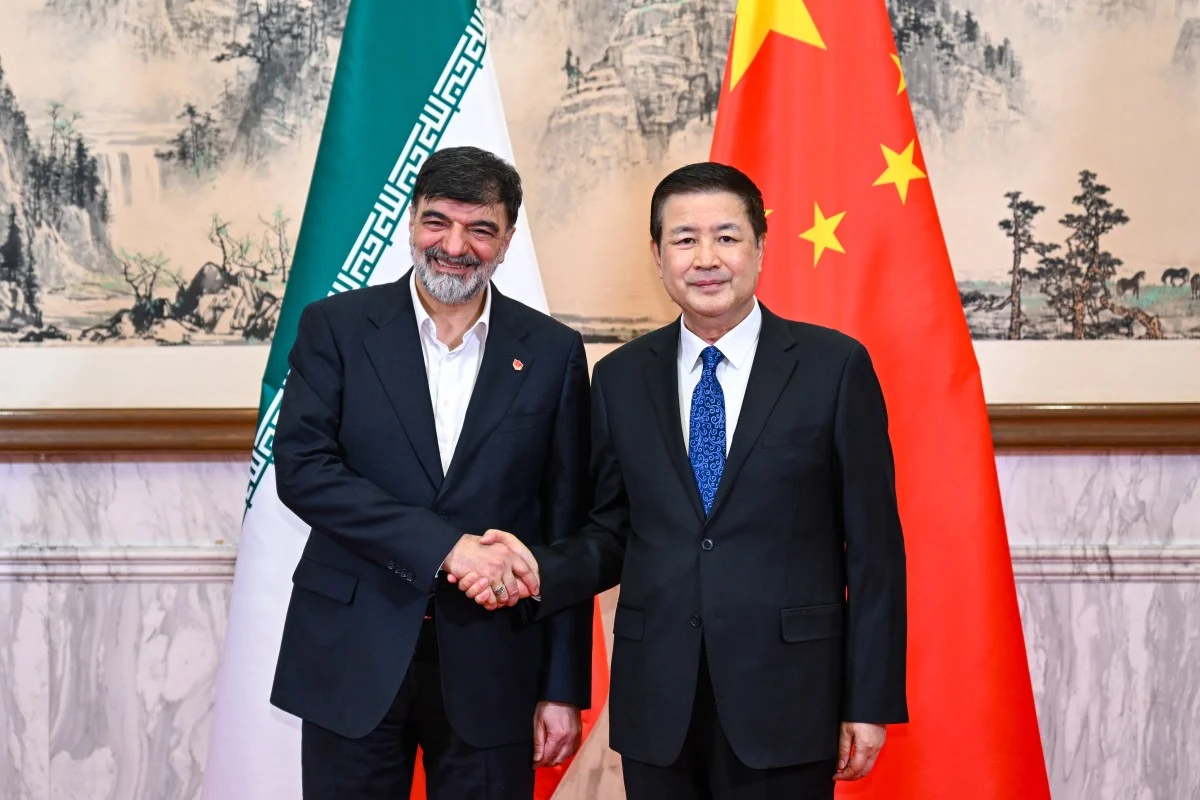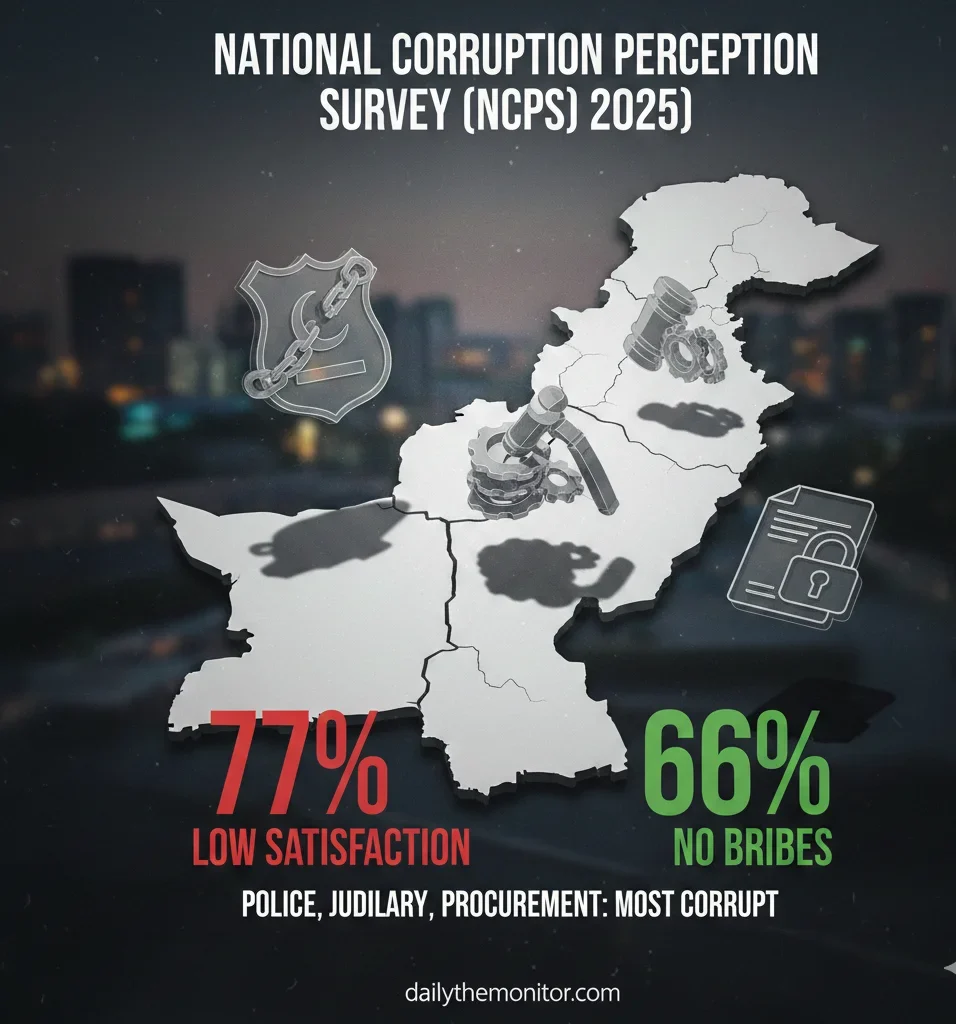News
Deepening Ties: China and Iran Ink Policing Pact Amidst Geopolitical Uncertainty

In a move raising eyebrows across the globe, China and Iran signed a Memorandum of Understanding (MOU) on law enforcement cooperation during the recent visit of Iranian Police Chief Ahmad Reza Radan to Beijing. This agreement comes amidst heightened geopolitical tensions and raises questions about the nature and implications of this burgeoning security partnership.
The Details of the Deal:
The MOU, signed by Radan and China’s Security Minister Wang Xiaohong, reportedly focuses on collaboration in several key areas:
- Combating terrorism and transnational crime: This includes cooperation on information sharing, joint operations, and capacity building in areas like counter-terrorism training and cybercrime investigations.
- Drug trafficking: Both countries have struggled with drug issues, and the MOU highlights cooperation in interdicting narcotics trafficking routes and dismantling drug cartels.
- Maintaining social order: This broad category could encompass collaboration on crowd control, surveillance technologies, and intelligence sharing regarding potential threats to internal security.
While these areas of cooperation appear seemingly benign on the surface, deeper analysis reveals potential concerns and implications:
Geopolitical Context:
Both China and Iran face international pressure and isolation on the world stage. China’s assertive foreign policy and human rights record, coupled with its territorial disputes with neighbours, has strained its relations with Western powers. Similarly, Iran’s nuclear program and alleged support for regional militias have placed it under heavy sanctions and scrutiny from the international community.
In this context, the security pact between China and Iran can be seen as a strategic move to bolster each other’s positions and counter external pressures. The agreement signals their shared defiance towards Western influence and strengthens their relationship as two countries facing similar challenges on the global stage.
Security Concerns:
The MOU’s focus on intelligence sharing and joint operations raises concerns about potential human rights abuses. Both China and Iran have been criticized for their use of mass surveillance and suppression of dissent. Closer cooperation in these areas could lead to increased repression and the sharing of technologies and tactics used to stifle domestic opposition.
Furthermore, the emphasis on combating cross-border crime could extend to issues beyond traditional narcotics trafficking. This could involve cooperation in extraditing dissidents or individuals sought by international law enforcement agencies, potentially infringing on asylum rights and due process.
Technology Transfer and Surveillance:
Radan’s visit notably included a tour of China’s Ministry of Public Security’s technology center, a detail absent from official Chinese media reports. This suggests potential technology transfer or cooperation in areas like facial recognition, social media monitoring, and other advanced surveillance tools. The proliferation of such technologies raises concerns about increased citizen surveillance and the potential for misuse by both regimes.
Looking Ahead: Implications and Unknowns
The full scope and implications of the China-Iran security pact remain to be seen. However, some potential consequences include:
- Escalated tensions with the West: This agreement could further strain relations between China Iran and Western powers, potentially leading to increased sanctions and diplomatic friction.
- Regional instability: Increased security cooperation between China and Iran could raise concerns about their potential influence in conflict zones across the Middle East, further destabilising the region.
- Human rights concerns: As mentioned earlier, closer cooperation in security matters could lead to increased human rights abuses by both countries.
While the immediate ramifications remain unclear, one thing is certain: the deepening security partnership between China and Iran marks a significant development with far-reaching implications for regional and global security dynamics. It is crucial to monitor the implementation of this agreement closely and raise concerns about potential human rights abuses or threats to international stability.
Discover more from The Monitor
Subscribe to get the latest posts sent to your email.
Analysis
Brown University Shooting Sparks Renewed Manhunt After Suspect Released

Providence, R.I. — The tranquil campus of Brown University was shattered this weekend by a deadly shooting that left two students dead and nine others wounded during final exams. As the community reels from the violence, authorities have reset their manhunt after releasing a previously detained person of interest, citing new evidence that “points in a different direction”.
The shooting occurred Saturday afternoon inside the Barus & Holley engineering building, a hub of student activity and academic rigor. Witnesses described chaos erupting as gunfire rang out during a packed exam session. One student, still visibly shaken, told reporters, “We were just trying to finish our semester. Then everything changed in seconds.”
Table of Contents
A Campus in Mourning
Brown University President Christina Paxson issued a statement calling the attack “an unspeakable tragedy,” and announced that classes and exams would be suspended for the week. Vigils have sprung up across campus, with students lighting candles and leaving handwritten notes outside the building where the shooting occurred.
“This is not just a university story,” said Rhode Island Governor Daniel McKee. “This is a story about young lives cut short, families devastated, and a community that deserves answers”.
The Search Intensifies
On Monday, Providence Police released new surveillance footage showing a masked individual dressed in black walking near the scene shortly before the attack. The FBI has joined the investigation, offering a $50,000 reward for information leading to the arrest and conviction of the suspect, described as a male approximately 5’8″ with a stocky build.
“This individual definitely targeted Brown University,” said Chief Colonel Oscar L. Perez, Jr. at a press conference. “We are exploring all possible motives, but this was not random”.
The suspect remains at large, and the search has expanded beyond Providence into neighboring states. Federal agents have been deployed to canvass neighborhoods, analyze digital evidence, and follow up on community tips.
A Community Demands Justice
The release of the initial detainee has sparked frustration among students and families, many of whom are demanding transparency and swift justice. “We want to see the individual that pulled the trigger on these young kids apprehended, identified and brought to justice,” said Governor McKee.
Brown University has set up emergency counseling services and a dedicated hotline for students and staff affected by the tragedy. Meanwhile, the broader academic community is grappling with the implications of violence in spaces meant for learning and growth.
What Comes Next
As the investigation unfolds, questions linger: Was this an isolated act or part of a broader threat? What security lapses allowed the gunman to enter a campus building undetected? And how will Brown—and universities nationwide—respond to the growing specter of campus violence?
For now, Providence remains on edge. Helicopters circle overhead, police checkpoints dot the city, and a once-quiet Ivy League campus finds itself at the center of a national reckoning.
Discover more from The Monitor
Subscribe to get the latest posts sent to your email.
Biography
Tributes Pour In for Rob Reiner, 78, as Hollywood Mourns a Storyteller Who Shaped an Era

The death of filmmaker Rob Reiner at age 78 has prompted an outpouring of tributes across the entertainment world, as colleagues, actors, and cultural figures reflect on the legacy of a director whose work helped define modern American cinema. Reiner and his wife, Michele Singer Reiner, were found dead in their Los Angeles home, according to police statements released this week.
Reiner’s passing—under circumstances now the subject of an active homicide investigation—has sent shockwaves through Hollywood and beyond. Authorities confirmed that the couple’s son, Nick Reiner, has been taken into custody and “booked for murder,” though charges have not yet been formally filed. The Los Angeles Police Department has said the case remains open as detectives continue their inquiry.
Table of Contents
A Career That Spanned Generations
Rob Reiner’s influence on American storytelling is difficult to overstate. From the comedic brilliance of This Is Spinal Tap to the emotional resonance of Stand By Me, When Harry Met Sally, and A Few Good Men, Reiner’s films became cultural touchstones—quoted, revisited, and taught in film schools for decades.
His work blended humor with humanity, often exploring the fragile, complicated bonds between people. Reiner’s films were rarely just entertainment; they were emotional experiences that lingered.
Colleagues described him as a director with an uncanny ability to draw out vulnerability from actors while maintaining a light, collaborative set. “Rob had a way of making you feel safe enough to take risks,” one longtime collaborator said in a tribute posted shortly after news of his death broke.
A Loss Felt Across Hollywood
As news spread, tributes began flooding social platforms and industry circles. Actors who grew up watching his films shared memories of the first time they encountered The Princess Bride or Misery. Directors spoke of Reiner’s craftsmanship—his ability to move seamlessly between genres without losing his signature warmth.
Industry veterans noted that Reiner’s career bridged eras: from the golden age of network television, where he first gained fame on All in the Family, to the rise of prestige filmmaking in the 1980s and 1990s, and finally to the streaming era, where his classics found new audiences.
His death, many said, marks the end of a particular Hollywood lineage—one rooted in character-driven storytelling, emotional honesty, and a belief that films could be both deeply personal and universally resonant.
A Family Tragedy Under Public Scrutiny
The circumstances surrounding Reiner’s death have added a layer of heartbreak to the tributes. Police confirmed that both Reiner and his wife were found dead in their Brentwood home, and that their son Nick was arrested shortly thereafter. The case has drawn intense media attention, with officials urging the public to allow investigators space to complete their work.
Despite the grim backdrop, those who knew Reiner have focused their public statements on his life rather than the tragedy. “Rob Reiner changed the way America tells stories,” one filmmaker wrote. “His films helped us understand ourselves.”
A Legacy That Will Endure
Reiner’s influence will continue to ripple through Hollywood for generations. His films remain staples of American culture—quoted at weddings, referenced in political debates, and rediscovered by new audiences every year.
For many, the loss feels personal. Reiner’s work was woven into the fabric of everyday life: the comfort of a familiar line, the catharsis of a well-crafted scene, the joy of a story told with sincerity.
As Hollywood mourns, one truth is clear: Rob Reiner didn’t just make movies. He made memories.
Discover more from The Monitor
Subscribe to get the latest posts sent to your email.
Corruption
Transparency International Pakistan releases NCPS 2025

ISLAMABAD—Transparency International Pakistan (TIP) on Tuesday released its comprehensive National Corruption Perception Survey (NCPS) 2025, presenting a mixed picture of public sentiment on corruption, anti-graft efforts, and governance across the country.
The survey, conducted with 4,000 respondents from all four provinces, reveals that while a significant majority of citizens did not report paying a bribe in the last year, three key public sectors—the Police, Tender/Procurement, and the Judiciary—continue to be perceived as the most corruption-prone institutions.
Table of Contents
Police Top List Despite Perception Improvement
According to the NCPS 2025 findings, the Police remains the most corrupt sector in the eyes of the public, cited by 24% of respondents nationwide. This is followed by the Tender and Procurement process at 16%, and the Judiciary at 14%.
However, the report highlighted a subtle but “notable” positive shift in public perception regarding the Police, registering a 6% improvement in perceived behaviour and service delivery compared to the previous survey.
Low Bribery Rate vs. High Dissatisfaction
The survey’s most encouraging statistic is that a majority of citizens (66%) reported they did not feel compelled to pay a bribe for public services in the past 12 months, which TIP considers a strong indicator of perceived progress in service delivery. Provincially, Sindh reported the highest rate of citizens encountering a demand for a bribe at 46%.
Despite the low rate of personal bribery, public satisfaction with the government’s overall efforts to combat corruption remains low. A significant 77% of respondents nationwide expressed “low satisfaction” or were “not satisfied” with the government’s anti-corruption drive.
The public identified the three major causes driving corruption as a lack of accountability (15%), lack of transparency and limited access to information (15%), and delays in the disposal of corruption cases (14%).
Demand for Accountability of Anti-Graft Bodies
The survey findings reflect a strong public demand for institutional reform and accountability. An overwhelming 78% of Pakistanis believe that anti-corruption institutions like the National Accountability Bureau (NAB) and the Federal Investigation Agency (FIA) should themselves be more accountable and transparent.
Citizens also proposed a blueprint for curbing corruption, prioritising:
- Enhancing accountability (26%)
- Limiting discretionary powers (23%)
- Strengthening Right to Information laws (20%)
The report also found a notable lack of awareness regarding reporting channels, with 70% of citizens being unaware of any official corruption reporting mechanism. Furthermore, 42% stated they would feel safe reporting corruption only if strong whistleblower protection laws were in place.
Economic Stability and Political Finance
On economic matters, approximately 58% of respondents indicated that the government has either fully or partially stabilised the economy, crediting the International Monetary Fund (IMF) programme and the country’s exit from the Financial Action Task Force (FATF) Grey List. However, 57% reported a decline in their purchasing power over the past year.
The survey also highlighted a strong public desire for clean electoral financing, with a combined 83% of respondents supporting either a complete ban or strict regulation of business funding to political parties.
In response to the report, Prime Minister Shehbaz Sharif welcomed the survey, stating that the large number of respondents who reported not encountering corruption during his government reflects the public’s recognition of the reforms aimed at transparency and economic recovery.
For more details on the survey’s public opinion findings, watch this report: Transparency International Report on Corruption – Public Opinion – 9 Dec 2025.
Discover more from The Monitor
Subscribe to get the latest posts sent to your email.
-

 Featured5 years ago
Featured5 years agoThe Right-Wing Politics in United States & The Capitol Hill Mayhem
-

 News4 years ago
News4 years agoPrioritizing health & education most effective way to improve socio-economic status: President
-

 China5 years ago
China5 years agoCoronavirus Pandemic and Global Response
-

 Canada5 years ago
Canada5 years agoSocio-Economic Implications of Canadian Border Closure With U.S
-

 Conflict5 years ago
Conflict5 years agoKashmir Lockdown, UNGA & Thereafter
-

 Democracy4 years ago
Democracy4 years agoMissing You! SPSC
-

 Democracy4 years ago
Democracy4 years agoPresident Dr Arif Alvi Confers Civil Awards on Independence Day
-

 Digital5 years ago
Digital5 years agoPakistan Moves Closer to Train One Million Youth with Digital Skills





















